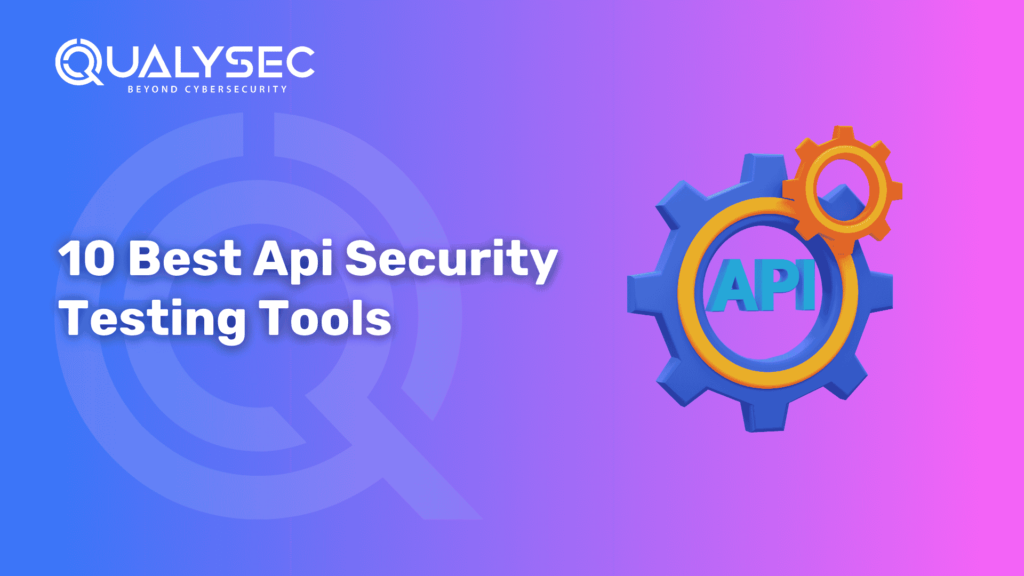10 Best Api Security Testing Tools in 2025
APIs and application Programming Interfaces are the driving forces behind modern web applications. They allow two different software components to communicate with each other. Data interchange is enabled through these interfaces. The most serious drawback of API usage is that these are the most frequently used components and the more they get used, the higher the chances of getting the amount of security flaws enlisted. The exploitation of these flaws on the part of an intruder could lead to the stealing of private data or either make the whole system go out of control or gain unauthorised access. Thus, it is a compulsory measure in this aspect to use API Security Tools, which would greatly help in detecting and treating the possible vulnerabilities existing in the API infrastructure. That is why API security testing becomes significant here. With API security testing tools, organisations can save and secure their vital data or infrastructure. They can also detect and repair system damage. So, in this blog, we will learn about what API security is and why it is important, we will understand how to choose the best tools for you. What is API Testing? API testing is an important aspect of software quality monitoring since it requires assessing APIs to ensure that they function properly, stability, execution, and safety. Unlike standard GUI testing, Testing an API concentrates on the application of the building’s company logic section. This type of testing is critical since it identifies problems before the creating period, resulting in improved reliability and stability of applications. “Also, read our ultimate guide to API Security! Advantages of API Testing? Identifying flaws at the initial phase of application progress: API testing allows for access to an application without a user interface or a user that incorporates himself/herself into the system. This gives a team an early view into spotting cracks and faults in an application and takes care of them much before they get an effect on any interface. Quick and waste-minimising testing time frame: Rapid delivery of results, fast identification of flaws, and less time-weight reduction in total testing time-all these qualities make API testing stand out from the crowd. More Effective Software Protection: The fastest approach to test all scenarios and swiftly examine software code, including operations, divisions, and remarks, is to test APIs with every potential format and information. When properly built, API tests may rapidly, regularly, and effectively test the connection of various parts of an application. Best API Security Testing Tools in 2025 1. Acunetix 2. Invicti 3. 42Crunch 4. Burp Suite Community Edition 5. ZAP (Open-Source) 6. Akto (Open Source) 7. APISec 8. Firetail 9. Probely 10. Katalon “You might like to explore our guide to API Penetration Testing! Latest Penetration Testing Report Download How to Pick the Best Tools for API Security Testing Based on Your Requirements The factors that follow must be considered into account when selecting the top API security testing tools: Know what you need Decide on your desired automation parameters, financial constraints, and APIs (GraphQL, REST, etc.). As a result, look for materials that address your particular safety concerns, including the OWASP top 10 flaws. Verify the CI/CD Pipeline Connectivity Since programmers are often updating APIs, incorporate checking into the workflow. During growth, constantly pick a tool which is easy to install and integrates nicely with your CI/CD workflow. Provide The Amount Of Coverage as The Highest Priority Make sure the tool targets a wide variety of significant vulnerabilities, including injection and failed authentication. Avoid investing in equipment that only provides defence from well-known or frequent dangers. Usability Is Important To facilitate effective evaluations, an interface’s specifications and functionality should be as simple as necessary. Check through how much the program includes a free trial or demo update which means you can show the team how to use it. Conclusion Protecting APIs has grown crucial in the modern era, as organisations and apps depend on them. To identify prevalent flaws and stop them from becoming abused, programmers use tools for API security testing. Because of this, the API security testing tools mentioned and explained in this blog contain a range of functions and choices that may be tailored to meet the needs of various people. Thus, it is essential to safeguard applications, information, and customers from these threats and integrate robust API security testing into the creation method to establish a more reliable and secure online community. Contact Qualysec to discuss your specific cybersecurity or penetration testing requirements! Talk to our Cybersecurity Expert to discuss your specific needs and how we can help your business. Schedule a Call






